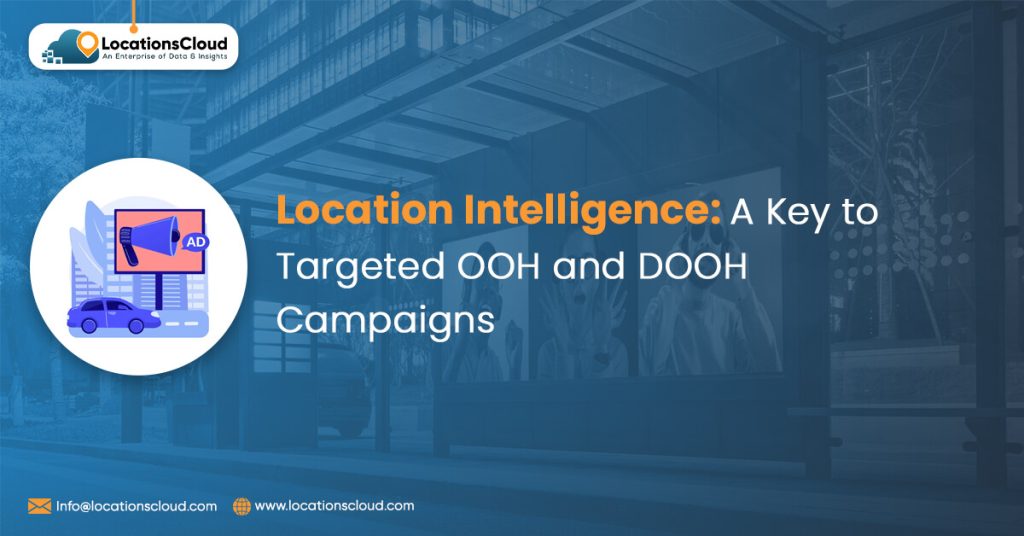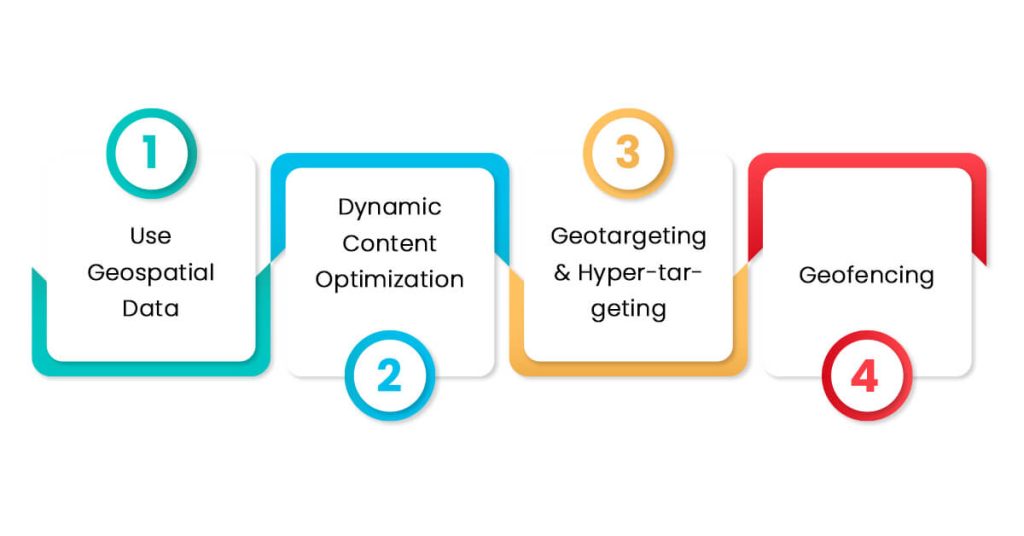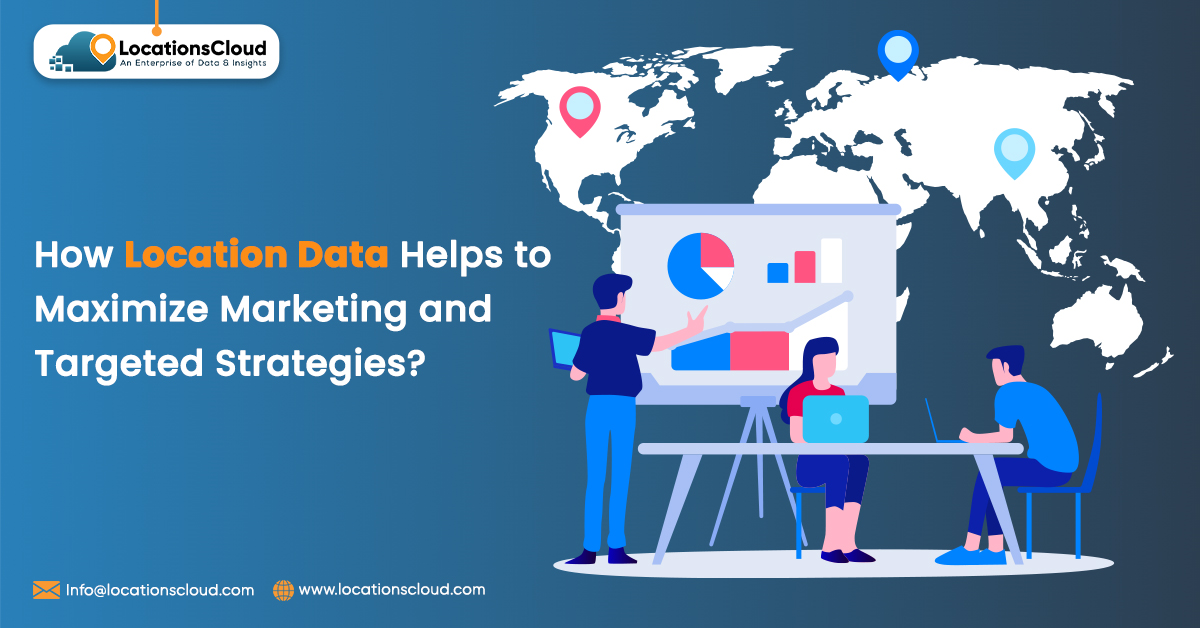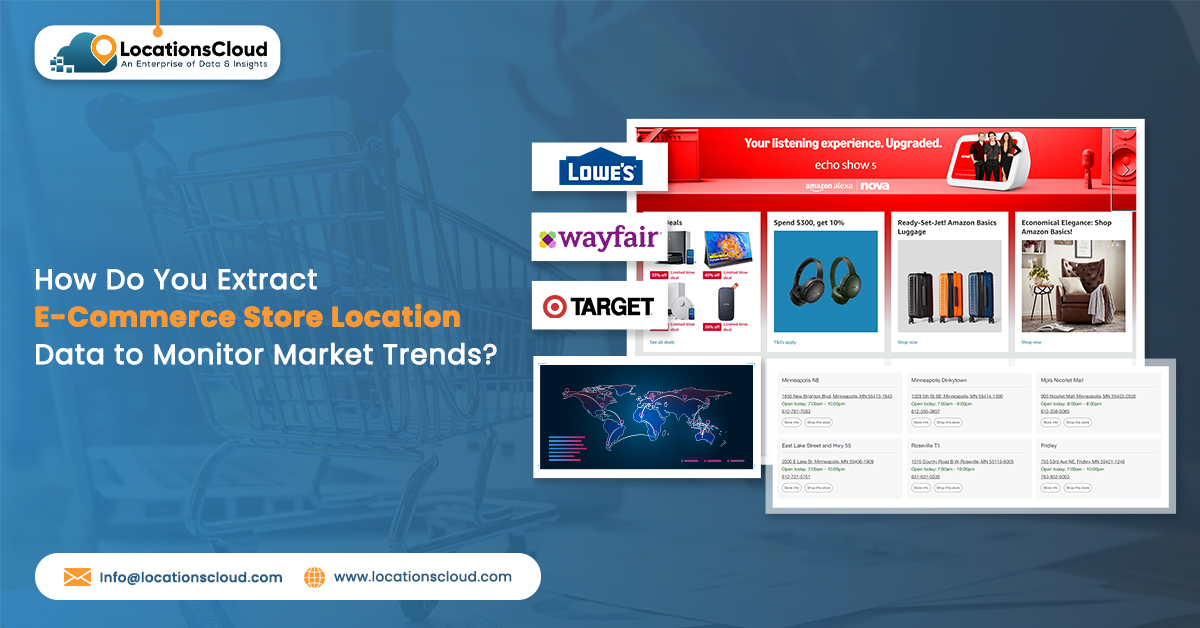
In the fast-paced ad world, getting the viewer’s attention is always the primary goal. Imagine reaching customers right where they are, at just the right moment, with a message that hits home. This is what location-based advertising does. Out-of-Home (OOH) and Digital Out-of-Home (DOOH) emerge as powerful campaign tools that deliver ads that resonate with the audience’s interest. Using data and analytics, advertisers can decide when and where to show the ad, ensure its effectiveness, and get to know their target audience. In this blog, we’ll explore how to use location strategies for OOH and DOOH ads, helping you create campaigns that don’t just get watched but get remembered.
What is OOH?
Out-of-home (OOH) is old-school advertising people see when they’re out. It includes billboards, banners, posters, and ads on buses or trains. OOH helps reach more audiences in a particular location. It’s usually used to create brand awareness, promote products, and encourage CTA (call-to-action).
However, while OOH is cheaper than its digital counterpart (DOOH), it has limitations. It’s not interactive, meaning it doesn’t let people engage with the ad. It isn’t very flexible; you can’t change your ad easily once it’s up. Plus, it’s harder to know whether it’s working because measuring metrics like reach, frequency, and sales is challenging.
What is DOOH?
Digital Out-of-Home (DOOH) is just a digital form of Out-of-Home (OOH) advertising. This means digital billboards, touch-screen displays, and ads on public transport. You’ll see these in airports, train stations, shopping centres, and bus stops. People are starting to prefer these because the content changes, you can target specific types of people, and the ads can be more interactive.
The ads can be videos, fancy animations, or even personalized messages for viewers. Advertisers can change the ads based on real-time events and trends. But while DOOH ads have numerous benefits, they’re usually more expensive than your standard, non-digital OOH ads.
What is Location Intelligence?
Location Intelligence means gathering, studying, and visualizing data tied to specific places. It helps make informed decisions about which ads to show and get to know the people who might be interested in them. Using Location Intelligence, you can show suitable ads to the right people, find the busiest spots to place them, and figure out how well your campaign works. This helps your ads reach more people, target your audience better, and make your ads more eye-catching.
Location Intelligence Strategies For OOH and DOOH Advertising

Out-of-Home (OOH) and Digital Out-of-Home (DOOH) advertising are changing for the better with location intelligence. Companies can improve their ad campaigns by using location-based data and insights. So, let’s look at strategies to use location data to help your OOH and DOOH advertising.
Use Geospatial Data
Data about where things are and how they move helps advertisers decide where to place their ads and who they should target. This helps companies find the top spots to place their OOH or DOOH ads based on their target audiences, what they’re like, and how they behave.
Think about how apps like Google Photos tag pictures with their location and share them with the users or how Google Maps uses user photos to recommend places nearby based on location. Solutions like this help analyze how many people pass through particular locations to find potential customers. Advertisers can then use these busy places to reach customers with the right message.
For example, a new restaurant could use footfall traffic within a few km of the restaurant to identify locations for OOH or DOOH ad placement. These could be places like traffic lights, bus stops, or well-known buildings.
Dynamic Content Optimization (DCO)
Dynamic Content Optimization (DCO) is an incredible tool in Out-of-Home (OOH) and Digital Out-of-Home (DOOH) advertising. With Location Intelligence, we can create personalized, dynamic content that changes based on where the ad is, who’s likely to see it, and real-time happenings.
DCO makes ads more relevant, flexible, and able to adjust in real-time. DCO facilitates data-driven optimization of ad campaigns, redefining targets and allowing advertisers to measure ad performance. Tools like Broadsign Reach, Vistar Media, Channel Clear RADIANT, and more seamlessly integrate with OOH and DOOH networks to show dynamic content on digital billboards and signs across various locations.
For example, a beverage company can show interactive ads for hot drinks on a cold winter day and refreshing drinks on a hot summer day. You can display these ads on digital billboards, ads in buses and trains, or signs close to where your customers are.
Geotargeting & Hyper-targeting
Geotargeting and Hypertargeting are beneficial ways to take advantage of location information. Geotargeting means sending ads to certain places, while hyper targeting goes one step further by considering what the audience likes, how they behave, and segmentation. This makes it easier for businesses to aim their ads at the right people nearby.
Both methods help ads make more sense, grab attention, and save money by avoiding wasted ad spending and measuring how well they work more efficiently. Tools like Google Maps, Location IQ, and AdClear give insights into location info and audience segmentation. This makes planning, executing, and evaluating targeted campaigns way easier.
For instance, a local festival or event organizer could use geotargeting and hyper-targeting to put up ads where the target audience is most likely to see them, like at airports, bus stops, or busy streets. These display ads could be digital billboards, interactive ads, signages or kiosks.
Geofencing
Geofencing is like a virtual fence around a specific place, using GPS, WiFi, or cell data. A notification on their phone gets triggered when someone goes in or out of this fence. Companies use geofencing to learn how many people visit a place and how long they stay. This helps make targeted Out-of-Home (OOH) and Digital Out-of-Home (DOOH) ads better and more practical, which can improve brand awareness and how well people connect with the ads.
With geofencing tools, businesses can make and manage their virtual fences, decide when ads should be sent and to whom, and track how well their campaigns are doing. They can choose from different ways to notify people, such as time, push notifications, mobile app alerts, text messages, or in-app messages. You can also mix geofencing data with info from your website, customer relationship management (CRM) system, or points of sale (POS) system to understand your audience better.
For example, shopping malls or clothing stores could use geofencing to see how many people come in and how long they stay. Then, Location Intelligence can study this data and help put up ads at high-traffic locations. These ads could be digital billboards, interactive signs, or 3D animations.
Conclusion
In conclusion, Location Intelligence emerged as a transformative force in OOH and DOOH advertisements. With the power of location data, audience behavior and demographics, advertisers can create more impactful, creative, relevant, and targeted ad campaigns. Location Intelligence strategies like geotargeting, geofencing, hyper-targeting, dynamic ad optimization, and more empower advertisers to deliver personalized messages to the right audience at the right time.
Data-driven initiatives are essential to successful ad campaigns; it is crucial to embrace these innovations to navigate the brand journey effectively. LocationsCloud is a data & insights enterprise that provides accurate, cost-effective, and ready-to-use location data to build creative campaigns. Our annual subscription plan lets you download real-time data and save costs.




